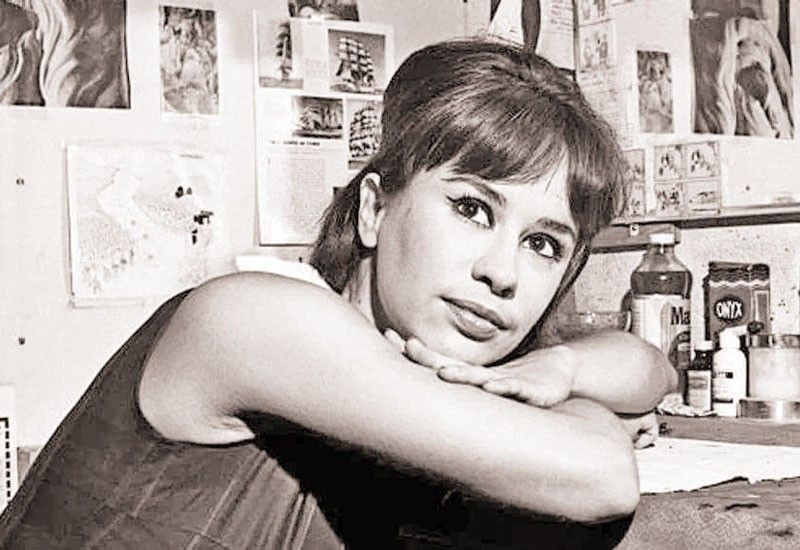Astrud Gilberto: The voice of bossa nova

Composed by Antonio Carlos Jobim and Vinicius de Moraes, the song The Girl from Ipanema immortalized the Brazilian beauty. Tall and tanned and lovely and walking along the sandy shores of Rio de Janeiro. It is an image that endures to this day and probably will for all time. And whenever anybody thinks of Brazil and of that girl, the sound that will come to mind will be the voice of Astrud Gilberto.
Those famous wistful tones were forever silenced last June 5, 2023 when Astrud passed away from undisclosed causes in her home in Philadelphia, U.S. of A. at the age of 83. She is survived by two sons and two grandchildren.
Named after a mythical German goddess, Astrud was born in Bahia on March 29, 1940. Her parents were both educators who enjoyed music. It was no surprise that Astrud grew up singing and would often hang out with musicians around Rio, where the family had relocated. She was 19 years old when she met and soon married the singer, guitarist and composer Joao Gilberto, who was the acknowledged “father” of the bossa nova.
The bossa was a cool, young and jazzy take on Brazil’s native samba, that was starting to make headway around Latin America. Gilberto and the pianist and songwriter Jobim were its prime movers. Little did they know that it would be Astrud, the little wife, who would take the music to unprecedented and global heights.
Gilberto was recording an album with the great American saxophone player Stan Getz when he asked his wife to sing with him the English lyrics of The Girl from Ipanema. We all know what resulted from that simple request from nearly 60 years ago. The Getz/Alberto album became the first jazz recording to win Album of the Year at the Grammy Awards in 1965. The single, The Girl from Ipanema, entered the hit charts and Astrud became a star.
Astrud’s vocals was a breathy, intimate whisper that evoked alternating visuals of sunkissed beaches and silk sheets. She was also pretty and had at her disposal the best of bossa nova music, thanks to Jobim and Gilberto. That was a most potent combination for success and the years that followed saw Astrud singing the most enduring and the most beautiful bossa nova songs of all time.
Agua de Beber, Who Needs Forever, Bim Bom, Desafinado, So Nice (Summer Samba), Dindi, Meditation, Corcovado, How Insensitive, A Certain Sadness. Given the chance to work with other American jazz artists like Gil Evans and Tom Scott, Astrud also successfully recorded bossa nova versions of standards like Fly Me to the Moon, Here’s that Rainy Day, The Shadow of Your Smile, Misty Roses, A Certain Smile, Windy and others.
The triumvirate of Gilberto, Jobim and Astrud and to some extent Getz, popularized bossa nova all over the world. I have no idea though if they were ever aware of the tremendous influence they had and still have on Philippine pop music. It is a fact that from the time Pinoys heard the languid melody of The Girl from Ipanema back in the 1960s to this day, bossa nova has been a constant presence in the local music scene.
The Manila Sound had bossa nova with Bong Penera’s A Samba Song and Ella del Rosario’s O Lumapit Ka during the ‘70s. In later years, there was a time when record labels boasted of their own bossa nova queens. Remember Sitti, Sofia and Raffy. Nowadays, you can check out YouTube and Spotify and you will find Pinoy Bossa playlists. And I am sure you can detect major Astrud influences in the music style of Moira dela Torre.
And this is all because once upon a time Astrud Gilberto casually sang The Girl from Ipanema and gave the world a sweet, relaxing alternative to loud music that might sound like noise.
- Latest
- Trending































